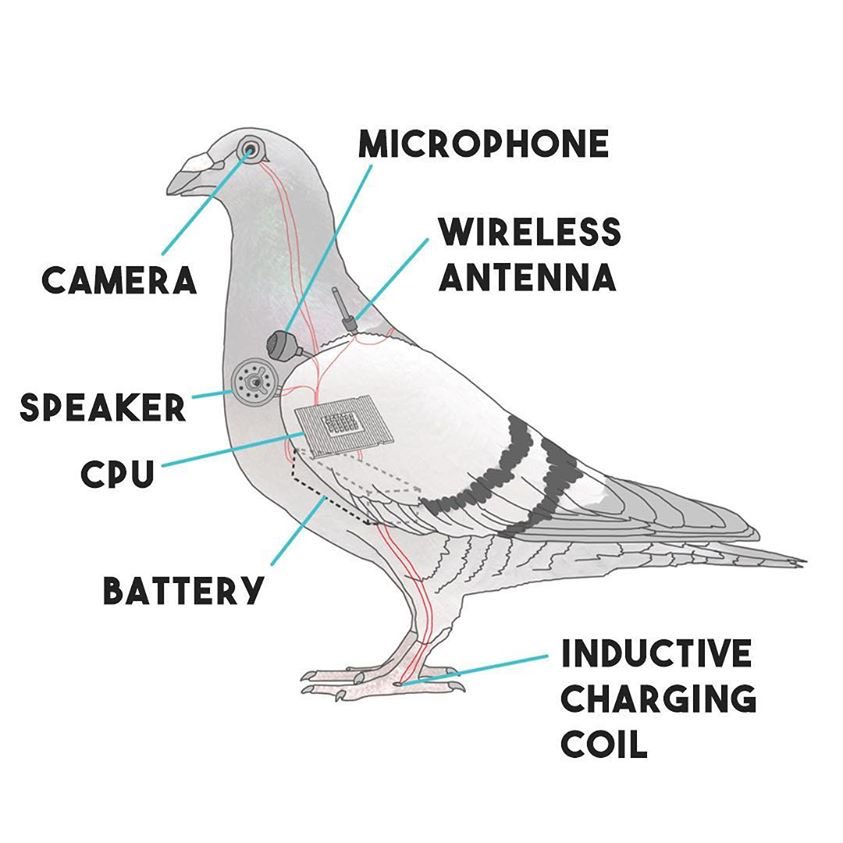Currently, information on the internet spreads at a rapid pace. One small comment on social media can snowball into an entire movement, mobilizing hundreds, thousands, and even millions of people for its cause. However, for every good outcome that arises from the power of internet solidarity, there is an opportunity for misinformation to be spread and acted upon as well. This is the power of conspiracy theories and falsified information.
Conscious of these absurd movements that are able to captivate people into supporting its goals, Peter McIndoe created the Birds Aren’t Real conspiracy to provide a satirical perspective and commentary on conspiracy theories and the spread of misinformation in general.
In the Birds Aren’t Real campaign, it states that the government ordered the execution of all birds from 1959 to 2001 and replaced them with replica surveillance drones, which forms the foundation of the campaign’s “activism” to inform the public that birds aren’t real. This urge to make the public aware of the falsehoods of birds is highlighted in the campaign’s debut video that opens with a supporter shouting, “There’s a birdemic happening! Birds are a myth. They’re an illusion. They’re a lie. Wake up America!” However, while the Birds Aren’t Real campaign runs the risk of gaining true believers as it grows in popularity, the purposeful absurdity of its falsehoods and understanding of its roots as a parody movement in the end gives it the balance between reality and fiction that is needed to prevent serious harm from happening in the future.

Additionally, because of the campaign’s reliance on the internet for exposure, it’s able to take advantage of insider culture where everyone is “in on the joke” through its usage of popular meme formats and through its merchandise line, which appeals to those who are aesthetically motivated. As a result, having the origins of its satirical purpose be public information to those in the know allows for more people to get involved with the campaign and interact with its lore.

In the end, the Birds Aren’t Real campaign presents a compelling conspiracy theory that allows for its supporters to treat the movement’s goals as both real and fictional without presenting real harm to societal institutions that seek to do good. Even though the nature of it being a conspiracy that purposefully perpetuates falsehoods still raises ethical concerns about how we should spread information on the internet, I must applaud the Birds Aren’t Real campaign for its clever usage of internet culture to capture the influential power that extreme beliefs have on the public from a satirical perspective. But in the end, I must make note that it is important now more than ever to be aware of how conspiracy theories, satirical or not, can generate skepticism that harms relationships and perspectives towards certain institutions or individuals.
Witness Birds Aren’t Real: HERE


